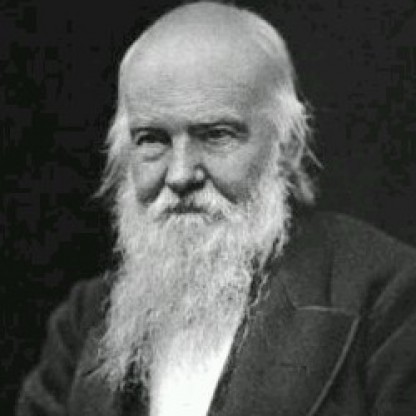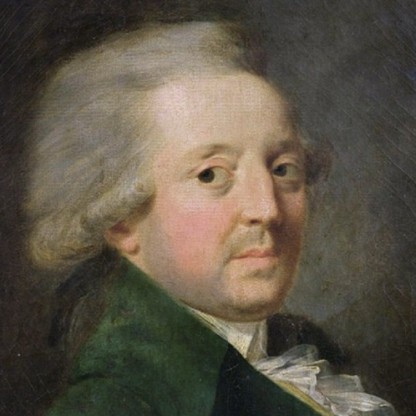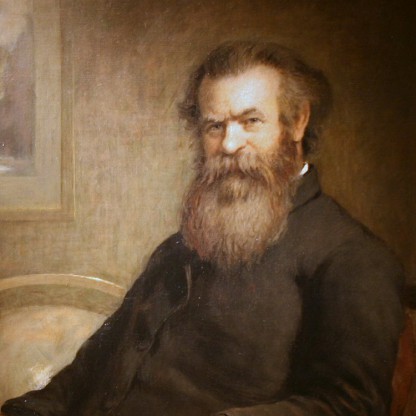Following his internship, Kety decided to continue his research of lead poisoning. The National Research Council post-doctorate fellowship, received by Kety to continue his research, began in 1942. Kety worked under the supervision of lead poisoning specialist Joseph Charles Aub. Only after Seymour arrived prepared to start his fellowship did he learn that Aub changed his area of study — he was now working with traumatic and hemorrhagic shock. Joseph Aub changed his work to study the shock because it was a time of war, and the research was pressing. While working with Aub, Kety found the circulation of the heart to be fascinating. Instead of returning to Harvard, Kety went to his alma mater, the University of Pennsylvania. While back in Pennsylvania, Seymour worked with Carl Schmidt, an expert in cerebral circulation. Kety became a pharmacology instructor at the university.









